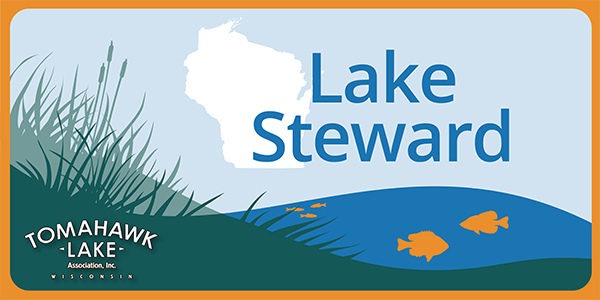Natural shorelands contain a lush mixture of native grasses, flowers, shrubs, and trees that help to reduce and filter polluted water runoff and provide essential habitats for songbirds and other animals on the land and in the water.
The easiest and least expensive way to filter water runoff and establish critical habitat for bees, butterflies, and wildlife is to establish a ‘no mow’ area or plant a natural garden from the water’s edge to your lawn. The WDNR recommends a minimum 10 to 35-foot buffer between your lawn and the lake.
In contrast, lawns to the water’s edge provide a habitat for geese and create much more runoff that carries pollutants into the lake.


